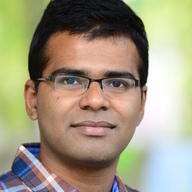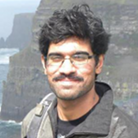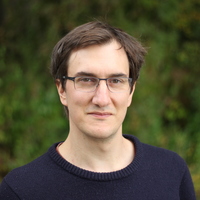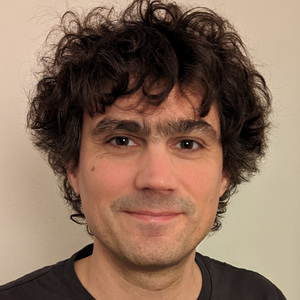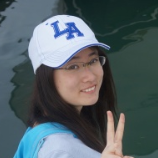Human Pose, Shape and Action
3D Pose from Images
2D Pose from Images
Beyond Motion Capture
Action and Behavior
Body Perception
Body Applications
Pose and Motion Priors
Clothing Models (2011-2015)
Reflectance Filtering
Learning on Manifolds
Markerless Animal Motion Capture
Multi-Camera Capture
2D Pose from Optical Flow
Body Perception
Neural Prosthetics and Decoding
Part-based Body Models
Intrinsic Depth
Lie Bodies
Layers, Time and Segmentation
Understanding Action Recognition (JHMDB)
Intrinsic Video
Intrinsic Images
Action Recognition with Tracking
Neural Control of Grasping
Flowing Puppets
Faces
Deformable Structures
Model-based Anthropometry
Modeling 3D Human Breathing
Optical flow in the LGN
FlowCap
Smooth Loops from Unconstrained Video
PCA Flow
Efficient and Scalable Inference
Motion Blur in Layers
Facade Segmentation
Smooth Metric Learning
Robust PCA
3D Recognition
Object Detection
Image Segmentation and Semantics
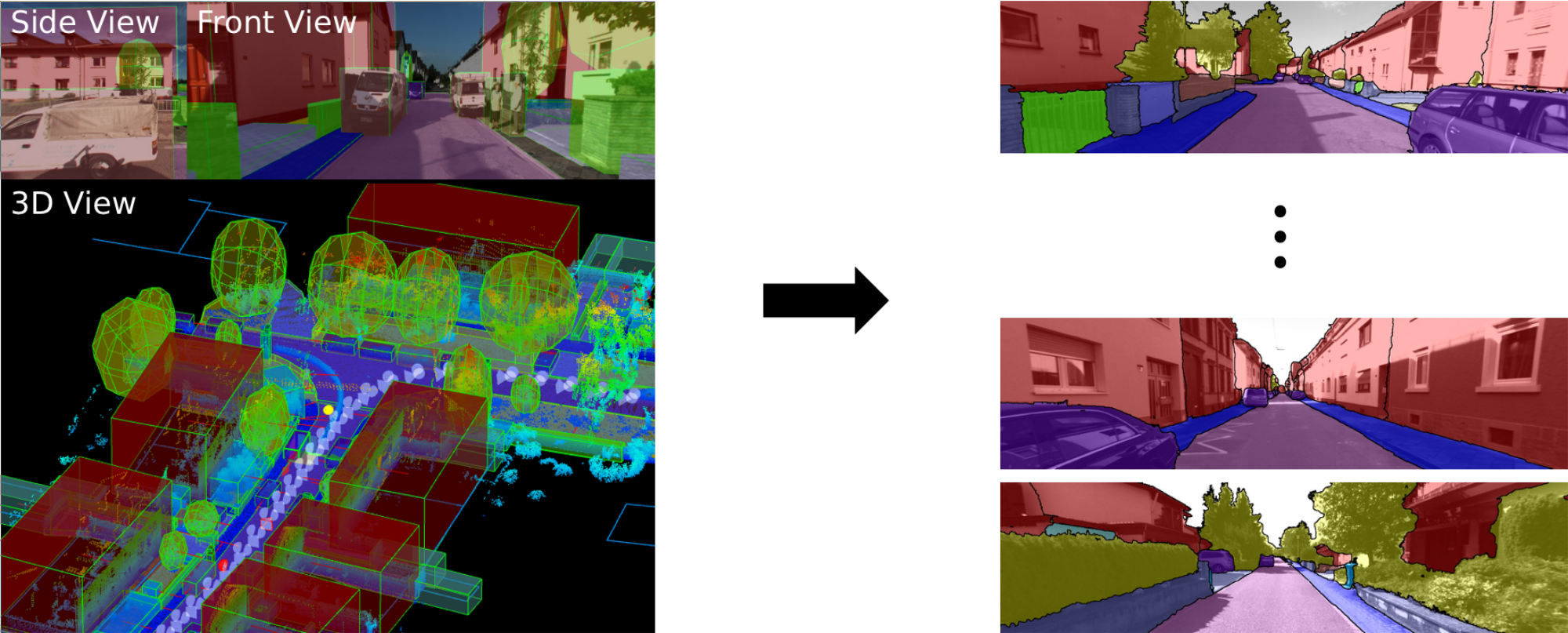
Semantic segmentation is a fundamental problem of computer vision that requires answering what is where in a given image, video or 3D point cloud. The best performing recent techniques require human annotations to obtain ground truth used to train deep neural networks. Such annotation is costly and time consuming to obtain. Consequently, in this project, we address the following two questions:
- How to acquire accurate training data with minimal human cost [
]?
- How to build fast and efficient models for test time inference leveraging the collected data [
], [
]?
In [], we developed a scalable technique to generate pixelwise annotations for images. For a given 3D reconstructed scene, we annotate static elements in a rough manner and transfer annotations into the image domain using a novel label propagation technique leveraging geometric constraints. We leverage our method to obtain 2D labels for a novel suburban video dataset that we have collected, resulting in 400k semantic and instance image annotations.
In [], [
] we introduced fast and efficient techniques for semantic segmentation to propagate information using well established Auto-Context and Bilateral filter techniques.
Bilateral filters have wide spread use due to their edge-preserving properties. We generalize the approach to derive a gradient descent algorithm so the filter parameters can be learned from data []. This allows us to learn high dimensional linear filters that operate in sparsely populated feature spaces. We build on the permutohedral lattice construction for efficient filtering.
We further introduce a new "bilateral inception" module [] that can be inserted in existing CNN architectures and performs bilateral filtering, at multiple feature-scales, between superpixels in an image. The feature spaces for bilateral filtering and other parameters of the module are learned end-to-end using standard backpropagation techniques. The bilateral inception module addresses two issues that arise with general CNN segmentation architectures. First, this module propagates information between (super) pixels while respecting image edges, thus using the structured information of the problem for improved results. Second, the layer recovers a full resolution segmentation result from the lower resolution solution of a CNN.
Members
Publications
